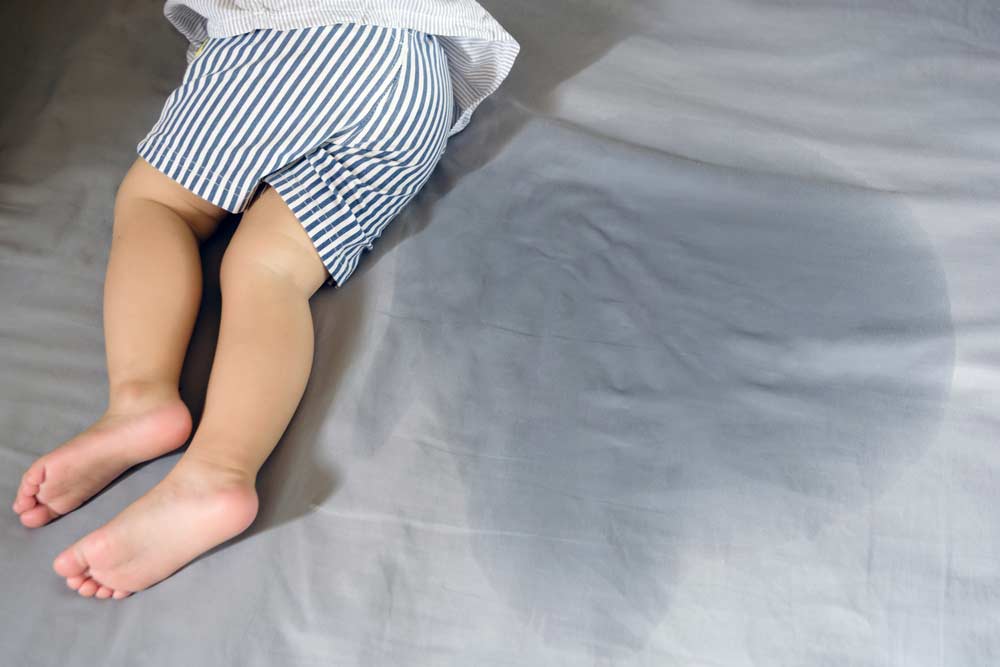General Information
The pathogenesis of voiding disorders is best understood and managed when viewed as deviations from the normal voiding cycle.
Bladder capacity increases with growth. Most children aged 1-2 years begin to perceive bladder fullness and to develop the ability to void, or inhibit voiding, while awake. Children aged 3-5 years have increased awareness of bladder fullness and develop the ability to void or inhibit voiding until the child decides it is the time and place to void. During this period, acquisition of cortical control of micturition occurs. Voiding dysfunction is not usually recognized in the intact child before the acquisition of daytime urinary control.
This article focuses on voiding disorders in children who do not have neurologic or anatomic obstructive abnormalities of the urinary tract. Isolated nocturnal enuresis, which may be considered a form of voiding disorder, is considered elsewhere and not reviewed here.
Symptoms
- urgency
- frequency
- hesitancy
- dribbling of urine
- overt incontinence
All these symptoms reflect alterations in urinary bladder function.
Causes of Voiding Dysfunction
- Behavioral problems or poor habits
- Congenital urinary tract problems
- Tumors or trauma
- Central nervous system diseases and conditions that affect the urinary tract
- Endocrine or kidney diseases that affect the urinary tract
- Genetic diseases that affect the urinary tract
- Infections or irritations that affect the urinary tract

